NB. This is Film Fun’s edit of a piece originally published by Keaton Ventura
in April 2014.
On Earth there are movies, and people.
And if we had written the voiceover on Interstellar’s teaser trailer, we wouldn’t have focused on aviation, or the cosmos, but Roger Ebert. Because “Siskel and Ebert” was the great film project of the 1900s.
We’re not pioneers, and we’re not humans. We’re not whatever Christopher Nolan thought we were. No, we are what we are, to movies. We weren’t anything until the movies. We won’t soar without the screen. We won’t die without knowing Roger’s waiting for us on the other side — but this isn’t about Roger, per se. That little girl from Interstellar waiting for Matthew McConaughey is Edward Cullen’s daughter, waiting for any Twilight universe to resume, waiting to meet Juno’s daughter at daycare.
Let Roger enter your body. Welcome to the Second century.
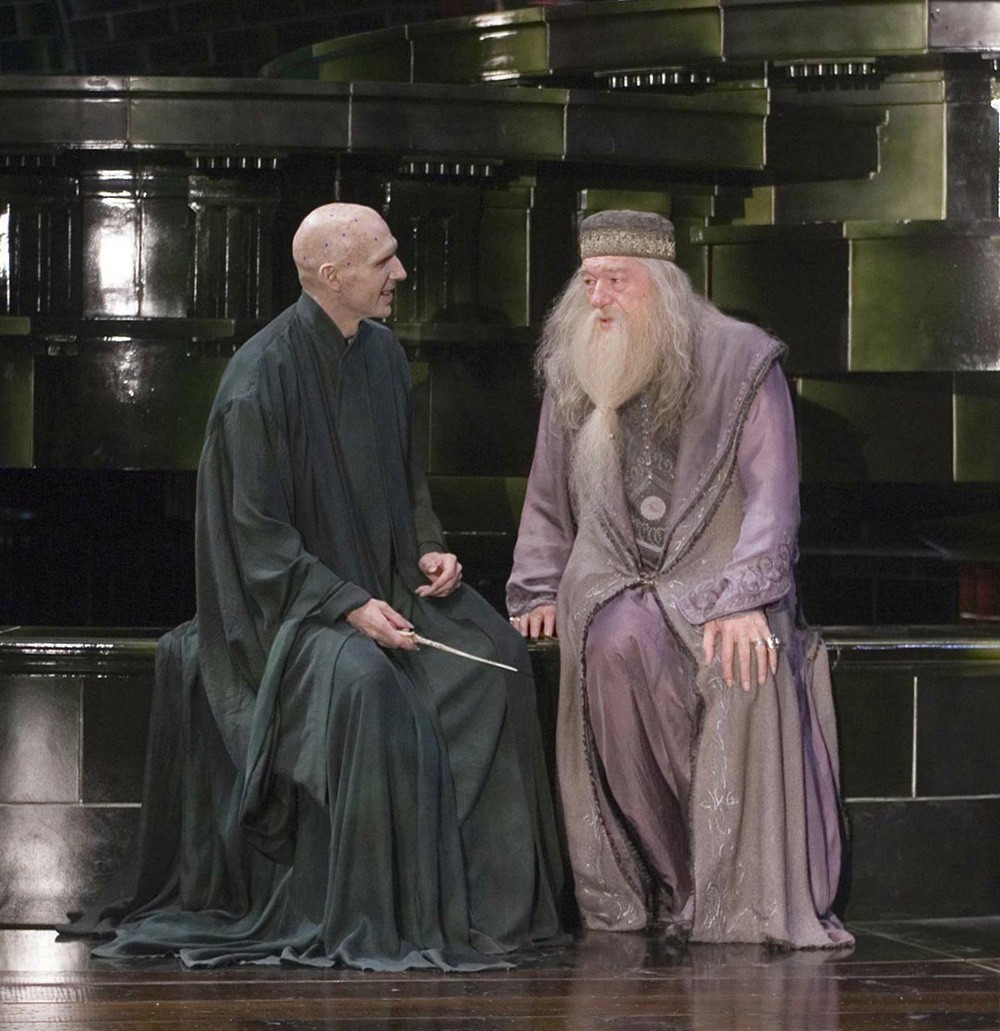
In 2003 Christopher Nolan was presented with the task of rejuvenating the Batman franchise, which had come to an indefinite halt in 1997 after Batman & Robin. His strategy: to transform Gotham City from a grotesque, fantastical funhouse into an austere dystopia resembling modern New York City. He downsized the idea of superpower theatrics and focused on the limits of human capacity; his superheroes became as vulnerable and human as the extras. Joseph Gordon Levitt’s Robin in The Dark Knight Rises, for example, isn’t a trapeze-swinging goofball — he’s simply a bleaker version of the character he played in (500) Days of Summer. Likewise with the villains: Nolan gave DIY makeovers to the campy 80s/90s portrayals of Joker and Bane so that we couldn’t ever forget that they, too, are real people.
Because it was no longer a given that Nolan’s heroes would emerge with their physical and moral integrity intact, there was suddenly a lot more at stake, both for Nolan’s characters and for moviegoers. At the end of The Dark Knight, Nolan sacrifices the Batman superhero myth in order to preserve the hopeful image of Harvey Dent, a mere mortal, so that the people of Gotham have a plausible figure to rely on. Batman disappears because he’s gotten too big for the world Nolan has created around him. He has to become human again.
If an anti-hero is defined as a flawed or unlikely protagonist, Nolan’s universe assumes that everyone is an anti-hero. His rejection of the classic superhero can be traced to one weekend in July 1998, when two movies opened that shifted the cinematic depiction of humans. Saving Private Ryan and There’s Something About Mary each presented man as a fallible and vulnerable creature, an image that the film industry would strain to replicate over the next decade. Saving Private Ryan introduced a raw, directionless lens to combat, contrasted with the glossy, classical scope of The English Patient or Braveheart. Sequences were shot at an unusual 45 degree shutter angle that shook up the frame and made action “faster than life”, a stylistic approach that’s now universal in movies like Captain Phillips and The Hunger Games.
On the lighter side, There’s Something About Mary made human frailty appealing by remixing the raunchy formula of Sandler or Carrey with a new layer of human complexity and warmth, a tool that would later be sharpened by Judd Apatow. The reviews for There’s Something About Mary and Apatow’s Knocked Up were practically identical. One critic said of Mary, “The movie managed to walk a line between raunchy, gross-out comedy and a romantic comedy,” and another of Knocked Up, “Engagingly raunchy, but strip away Apatow’s films of their vulgarity and they’d warm the heart of a Production Code censor from a half century ago.”
So what does “anti-hero” mean in a new context where audiences increasingly embrace their fractured individuality, and demand to see it equally represented?
Around 1999, a new wave of indie filmmakers emerged who were on a search for human authenticity that diverged from the existential intensity of 90s auteurs like Atom Egoyan and Lars von Trier. While wide audiences could no longer recognize their own lives in character-driven Hollywood productions, neither could they relate to the completely morose and inaccessible characters that typified the work of Egoyan and von Trier.
The new crop of indie filmmakers — Spike Jonze, Darren Aronofsky, Wes Anderson, Alfonso Cuaron and a young Christopher Nolan — found that they could attract audience interest by warmly depicting flawed, endearing eccentrics. This led them to mistake idiosyncrasy for authenticity. Zac Braff’s and Natalie Portman’s outcast exchanges in Garden State, for example, precisely hit the mark of quirky realness that filmmakers were looking for. The new indie aesthetic relied on a tweaked self-projection: “I’m like them but only in the sense that I’m not like them, or anyone else.”
By 2004, a movie like Napoleon Dynamite’s market identity was so blurry (was it an indie comedy or a mainstream one?) that indie directors realized they could preserve their trademark styles and achieve mainstream success at the same time. Little by little, the indie filmmakers veered towards large-scale projects, importing an indie sensibility to an 8- or 9-figure production budget.
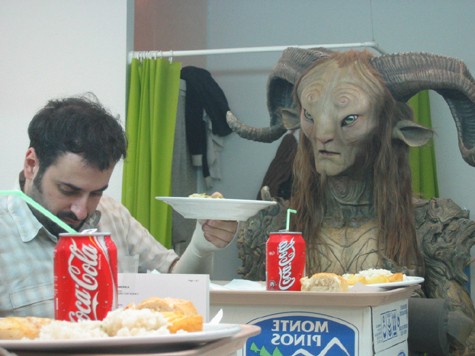
The Hogwarts castle in the Wizarding World of Harry Potter is known to be enchanted so that if humans, or Muggles, find the castle, all they will see is ruins. Late one night, Harry stumbles through some dark corridors. He notices something about it has been refashioned, or rescaled. It almost looks likes he could be in the Muggle world. And the vulnerability seeps in. Harry dons his invisibility cloak, but it doesn’t rid him of the feeling that the walls are closing in on him. Disappearing doesn’t make the world any less small.
The Boy Who Lived (2022), the first installment in a Harry Potter franchise reboot, inherits the dark tone of Deathly Hallows Part 2 from the old series. There is no chance for a Quidditch match or a PG rating. Grace is on board as the director. She was 2 years old when Harry Potter and the Sorcerer’s Stone came out in 2001. Shortly after the reboot is announced, Grace proposes that the series be retold backwards. “Backwards?” asks a Warner Bros. executive. Grace is patiently thinking.
They continue, “You mean the movies are released in reverse-chronological order? Or do you mean the series begins after Harry defeats Voldemort and ends with a cradle on a doorstep? Or does it continue further into the untold past, before the boy who lived?”
“Yeah,” Grace finally replies. “Before there was anything at stake.”
The Blockbuster (2002-2007)
Early summer 2002, there is a 14-year-old boy who lives in Western NY. His eyesight erodes as he authors made-up movie news and statistics in a room darkened to approximate a theater. It wasn’t until May of that year that he gained easy access to the internet, which he immediately viewed as a portal to the box office. Before that, there was just Entertainment Weekly — it had once seemed fast enough to receive a weekend’s box office report the following Saturday, when it came in the mail. Even before Entertainment Weekly, there was the local newspaper, which reported the previous weekend’s numbers on Sunday.
The internet meant getting online Monday and reading the reports a full six days sooner. (These days, he can hop on HollywoodReporter.com as soon as noon on Friday and learn how each title is tracking — a figure that will usually determine the movie’s weekend gross.) If he could have written of all this to Ellar Coltrane, who had just been cast in an untitled Richard Linklater film, what would Ellar say back? Which owl would carry the message?
Coincidentally, May 6, 2002 brought him one of the most surprising reports ever. At the time, it was insane for a movie to open with $75 million or more. You couldn’t be faulted for guessing around $65 million for Spider-Man, based on the numbers of The Mummy Returns (released May 4, 2001) rather than comic predecessors like X-Men or Batman & Robin, since that May release date followed a more consistent pattern than superhero movies did. When Ellar Coltrane’s would-be penpal read that it made $114.8 million, he foresaw a completely new code of box office dynamics in the coming decade. That Monday, his classmates in gym class yelled as he stood blankly in the outfield, perplexed by Spider-Man’s performance, ball after ball passing him by.
Simply put, opening weekends started to account for a larger and larger share of ticket sales. Before Spider-Man, there were only 6 comic book adaptations that made over $30 million on their opening weekend. Now there are 45. In fact, before that weekend, there weren’t any movies that opened above $100 million. Now there are 28. Even adjusted for 2013’s ticket price inflation, there are still only 3 movies before Spider-Man that would have opened above $100 million: Harry Potter and the Sorcerer’s Stone (2001, $126.7 million adjusted for inflation); Star Wars: Episode I — The Phantom Menace (1999, $101.3 million adjusted); and The Lost World: Jurassic Park (1997, $124.8 million adjusted). Before 1997, no movie grossed above $100 million on its opening weekend, even adjusting for inflation.
In 2007, for each weekend in May, June and July, the number 1 movie grossed more than $30 million (nine of those number ones grossed over $50 million). But the movies’ total grosses were no more than before. May 2007 essentially signaled an end to this type of blockbuster. Within the four weekends of that month, sequels to three of the biggest movie franchises were released: Spider-Man 3, Shrek the Third, and Pirates of the Caribbean: At World’s End. On the first weekend in May — five years since the first entry — Spider-Man 3 reclaimed the opening weekend record for its franchise from Dead Man’s Chest, making $151.1 million. Two weeks later, Shrek the Third opened to $121.6 million, a record for the franchise and any animated movie. Even though they posted huge numbers on their opening weekend, each movie’s total theatrical gross fell around $100 million short of their predecessor’s total.
There was an overwhelming feeling of burnout by the end of the month. Everything was a big deal, but there wasn’t any reason why a moviegoer should choose to see one movie over another. Such an abundance of blockbusters meant that the stakes no longer seemed high. On the last weekend in May 2007, Pirates of the Caribbean: At World’s End, perhaps the final pre-Christopher Nolan blockbuster, opened to $114.7 million, identical to Spider-Man in May 2002. It’s fitting that one of Scary Movie’s offspring, Superhero Movie, showed up in early 2008 to spoof a genre that appeared to have peaked — just a few months before The Dark Knight changed the game.
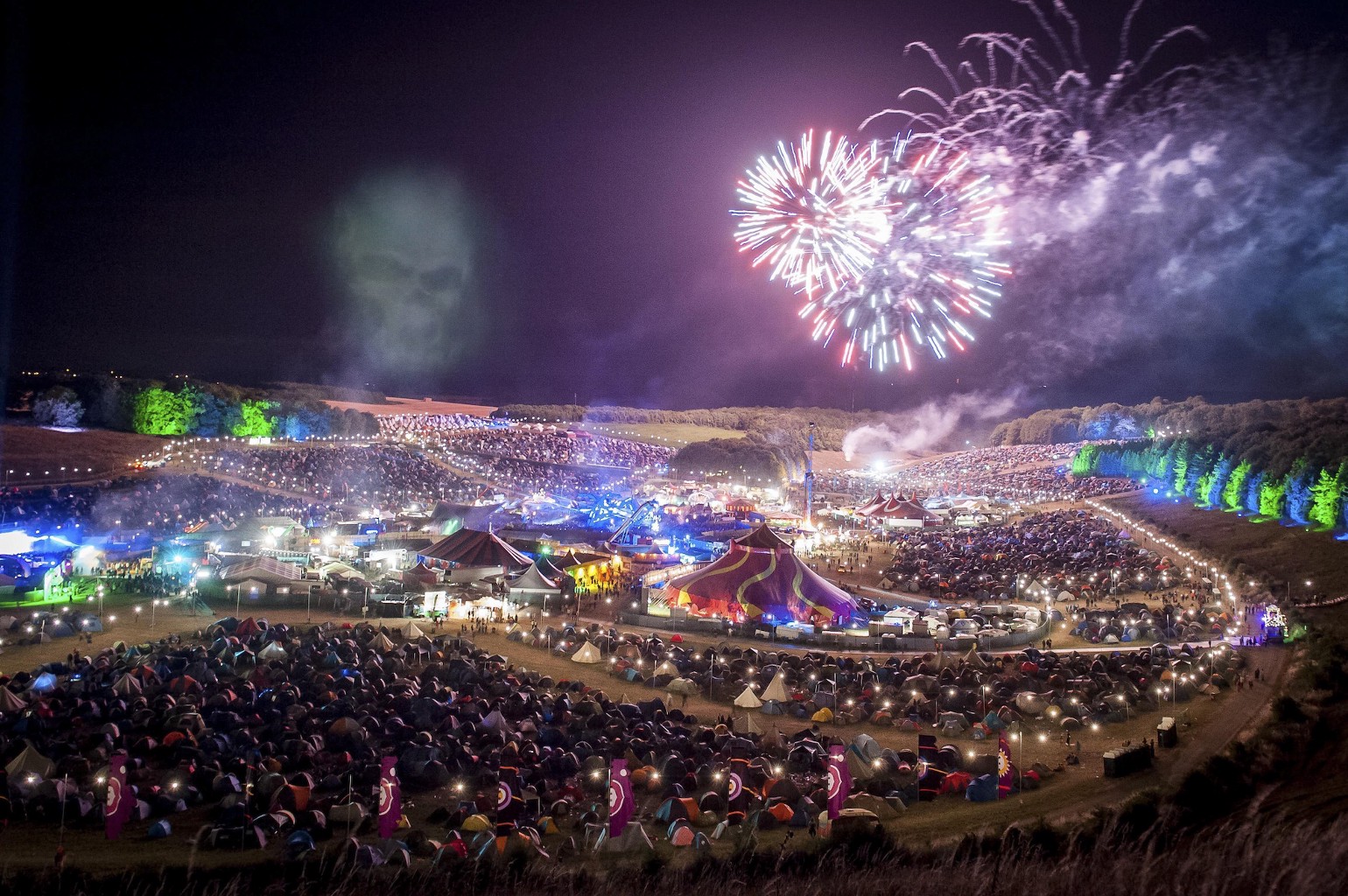
Post-Christopher Nolan (2008-Present)
A scene towards the end of Harry Potter and the Order of the Phoenix (July 2007), the fifth installment, haunts more than anything else in the whole franchise. The students at Hogwarts are taking their final exams, monitored by the intolerable Dolores Umbridge, who has replaced Dumbledore as headmaster. A suspicious presence is detected by everyone in the Great Hall. The room is suddenly filled with a chaotic fireworks display orchestrated by the Weasley twins. This provides relief to both students and audience. With the rumored return of Voldemort and a school year devoid of Quidditch, fun is back in session. Everybody rushes outside to the balcony and cheers as the twins cast a “W” in the sky. When the camera focuses on Harry, the cheering drones and the waving and clapping slows. There’s a jump cut to an oblique angle of him. Then another, in which Harry stumbles and collapses. The soundtrack becomes one single drone. Hermione turns and sees him on the ground.
It’s real: Voldemort is back. Under a new shadow, the campaigns for the three remaining movies would be uncompromisingly dark. The next Harry Potter entry wasn’t released until July 2009, an usually long period of time for the franchise, as if to allow Nolan’s The Dark Knight (July 2008) time to adequately set the mood.
In addition to shifting the mood upon its release, The Dark Knight broke the records for midnight showing, opening day, and opening weekend grosses. The invasion of human drama into big-budget tentpoles and the crystallization of the opening weekend as a movie’s crucial box office moment weren’t just coincidental trends. Our embrace of flawed individuality not only changed our expectations, but the entire way we anticipated entertainment. Movies were tapping into this growing sense of empathy and they expanded the theatrical experience from excitement to involvement. People were more intent on showing up all at once, and the best time for that was right away.
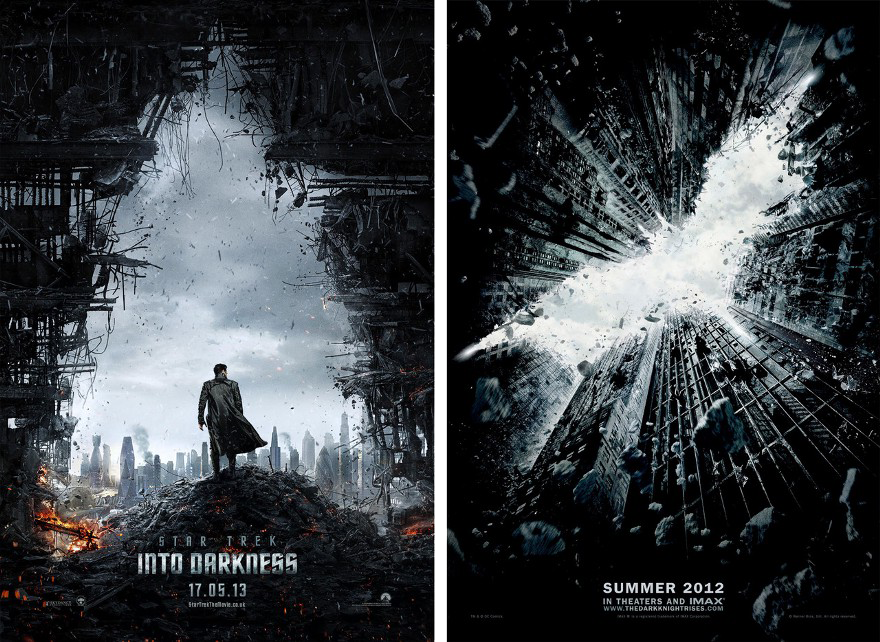
Nolan’s approach could be applied to nearly any franchise, and certainly is reflected in many of them. The 2009 reboot of Star Trek focused less on impersonal adventure and more on the characters’ roots. It made four times more on its opening weekend than the prior Star Trek installment (Nemesis, 2002) and six times as much total. The post-Nolan Harry Potter movies no longer advertised their characters dressed in their intricate wizard robes, but in basic H&M attire. Rise of the Planet of the Apes (2011) spent its first couple acts developing the relationship between James Franco and the ape in a suburban neighborhood. Studios also felt confident enough to redraft the Spider-Man franchise after just five years. In The Amazing Spider-Man (2012), Peter Parker tests his powers for the first time while skateboarding. Instead of soaring from skyscraper to skyscraper in Manhattan as in Spider-Man (2002), Peter’s test consists of a montage of skate tricks and swinging around a small warehouse to the soundtrack of one of the most subdued Coldplay songs ever.
Big budget productions now share an indie sensibility with movies on a much smaller circuit, but clearly there’s something more wantonly exciting in spending $250 million on human drama than there is in spending $500,000. The extra money must have gone somewhere, but Nolan’s greatest trick was downplaying exactly where.
Nolan completed his Dark Knight saga in 2012 with The Dark Knight Rises. Its final trailer subdues everything that one would guess are its big selling points. The sounds of an airplane breaking into pieces, a football field exploding, two bridges collapsing, gunfire and even Christopher Nolan’s notoriously bombastic title card — each is replaced by a faint piano key. The promo assured us its grandiosity didn’t lie in exploding set pieces, but the far more threatening idea that such things maybe just aren’t that big of a deal in this world. We weren’t required to siphon through a barrage of loud information so much as were begged to listen closer.
To break the deafening silence, Anne Hathaway whispers to Christian Bale, “There’s a storm coming.” By this point, we’re all ears.
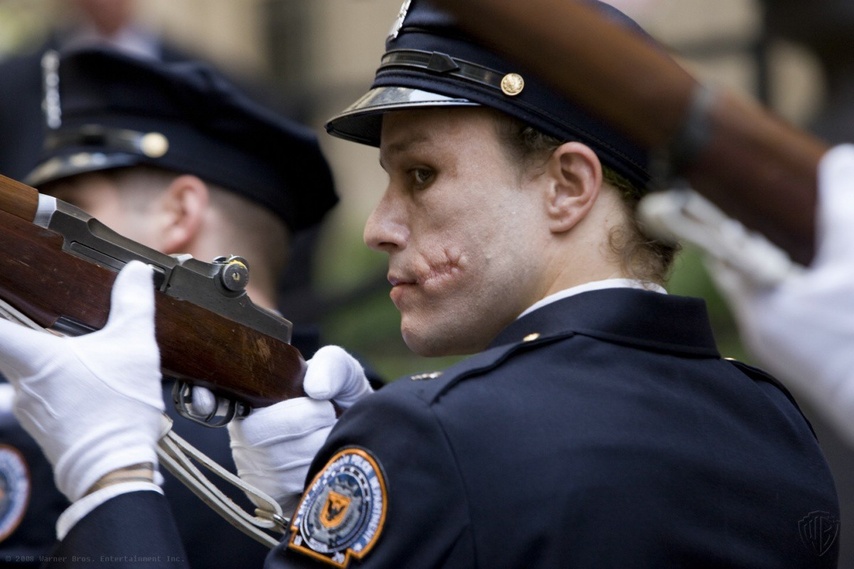
In 2013, the marketing campaign for the The Hangover Part III was the first to deliberately poke at Nolan’s impact on the tone of movies. Drawing its energy and stylistic cues from the Batman reboot model, it was less a spoof than a full appropriation — foreboding aerial shots of Las Vegas accompanied by the voiceover “Someone’s gotten burn this place to the ground” approximate the campaign for Deathly Hallows Part 2, and just about every Heath Ledger line in The Dark Knight’s promos. But it turned out The Hangover Part III was nothing like its promotional material, and it was never clear that The Hangover was a trilogy, as its promos suggested. Whether or not a franchise is ending, it has become most marketable to hype each installment as a dark, grand finale to amplify the urgency.
This Nolanization of movie marketing is an evolution of the rising emphasis placed on the opening weekend of a movie in the past decade. The crucial point of a movie’s success has shifted from its overall theatrical run, to the beginning (opening weekend) of its theatrical run, to before its theatrical run. And it continues to move in that direction. The Empire Strikes Back (1980), the sequel to Star Wars, spent its first four weekends in limited release and then waited until its ninth and tenth weekend to expand again. It made more on its tenth weekend than its first weekend. Now audiences have learned to anticipate everything and to be on board as soon as possible, making attendance consistently frontloaded and leaving little room for surprise hits.
Sleeper hits don’t exist anymore because of sleeper hits. The last movie to experience a theatrical run similar to The Empire Strikes Back was My Big Fat Greek Wedding, which made around $1 million each weekend in its first ten weeks and ended up with a total gross of $241.4 million. It’s biggest weekend was its twentieth. It was released a couple weeks before Spider-Man in 2002.
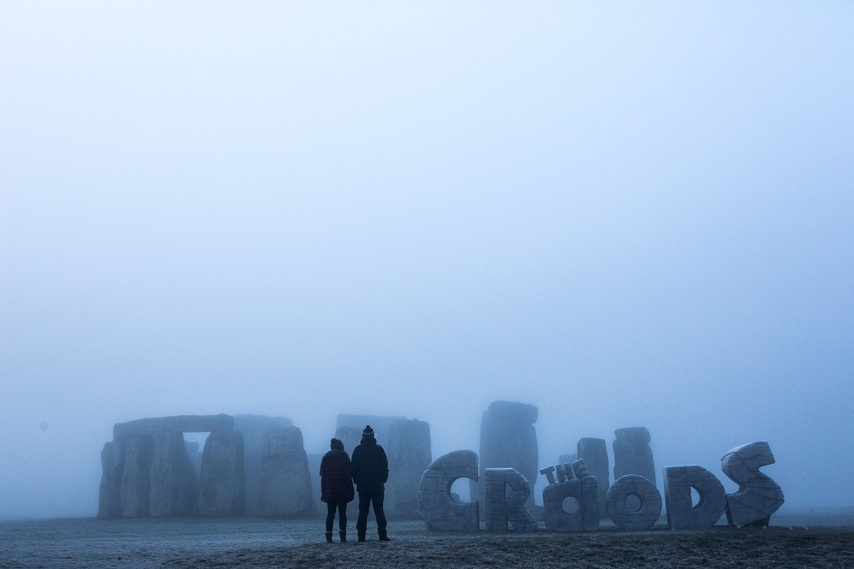
Whether or not the trend is attributed to Nolan, his influence has been criticized for allowing reboots to clog the movie release schedule. Marvel has 3 phases of superhero movies planned that take them into 2019. We’re presently in Phase 2, which Marvel will end with The Avengers: Age of Ultron in a few months. Phase 3 will conclude in 2019 with The Avengers: Infinity War – Part 2 (May) and Inhumans (July), but “Part 2” no longer has to mean the end (or beginning) of anything from a franchise perspective. A Phaseless era (referring to what happens after Marvel’s Phase 3) might not differ in the way that it ends reboots or remakes, but that it frees franchises from being tied to their own identities.
One of our oldest friends may have already entered the phaseless without even asking permission: Spider-Man was recently formally absorbed into the Marvel Cinematic Universe after lukewarm reception for the Sony Pictures reboot The Amazing Spider-Man (2012) and its sequel (2014). A mysterious new Spider-Man is on the horizon for 2017, with previously announced entries The Amazing Spider-Man 3 and The Amazing Spider-Man 4 left choking on the Real 90s’ dust.
In the phaseless, “original content” isn’t above the laws determined by franchises and their reboots. And franchises don’t have to retell the same stories, either.
In 2014, following their acquisition of the Star Wars cinematic universe, Disney announced a plan to produce 10 Star Wars films over the next decade, including both the expected new trilogy as well as a number of spinoffs. In such a landscape, audiences could potentially look forward to three Dark Knight movies a year and by the end feel like they haven’t seen one. The question isn’t what is The Dark Knight about, but what else can The Dark Knight be about?
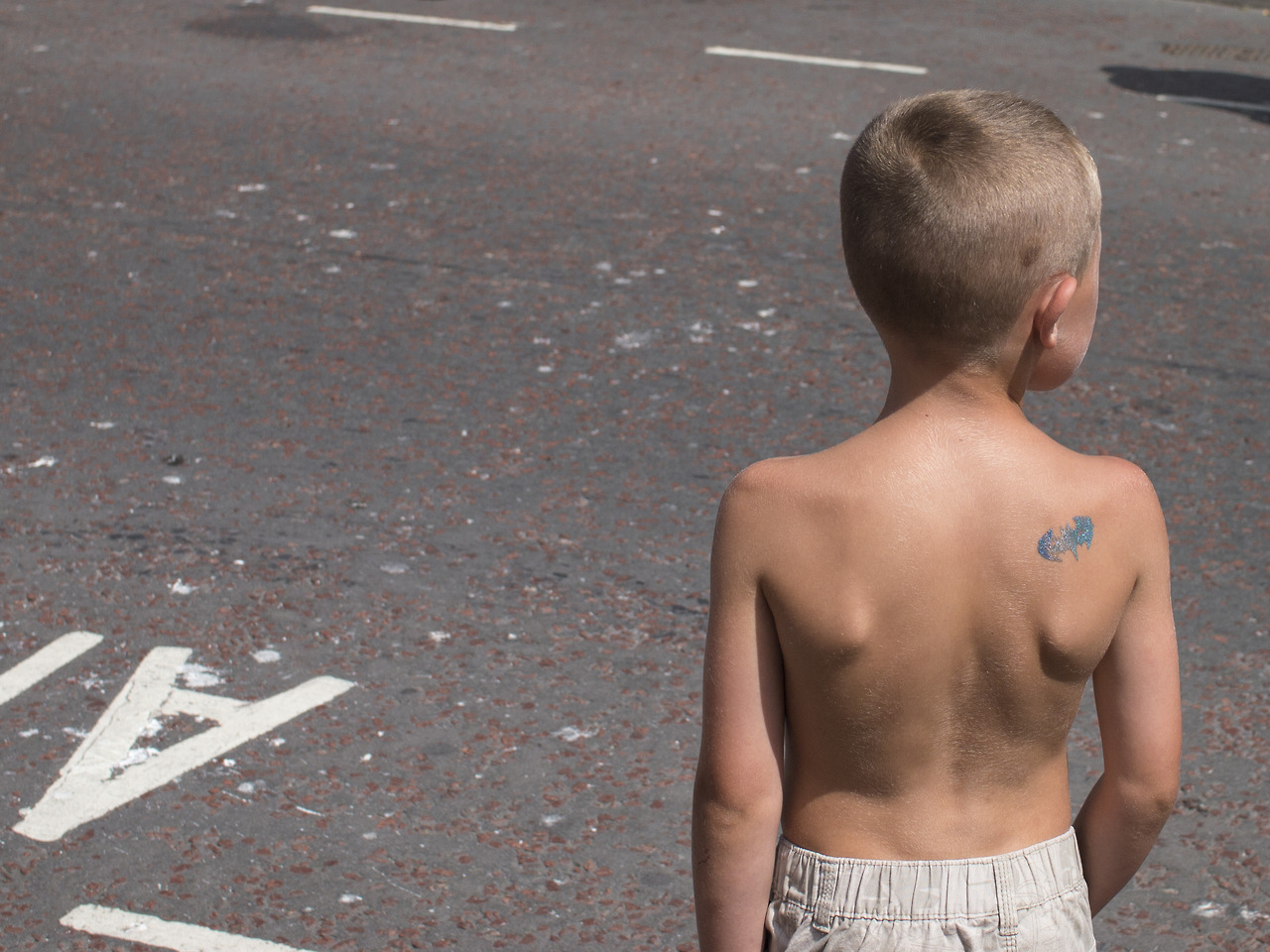
Batman is finally rebooted again in 2023. Mason remembers going to the The Dark Knight midnight premiere fifteen years ago, when he was 19. Now he’s 34 and he’s bringing his 7-year-old son, Roger, to see the new movie. The showing is nearly sold out, but Mason feels alone throughout the movie. When Mason and Roger leave the theater, Mason admits to his son, “I think I’m getting old. I didn’t know any of the stars in that movie.”
Roger is confused for a second and responds, “Why would you know any of them?” Mason concedes, “Because I should know who famous people are. I should keep up with culture.”
Roger says, “Dad, relax. None of those people are famous.”